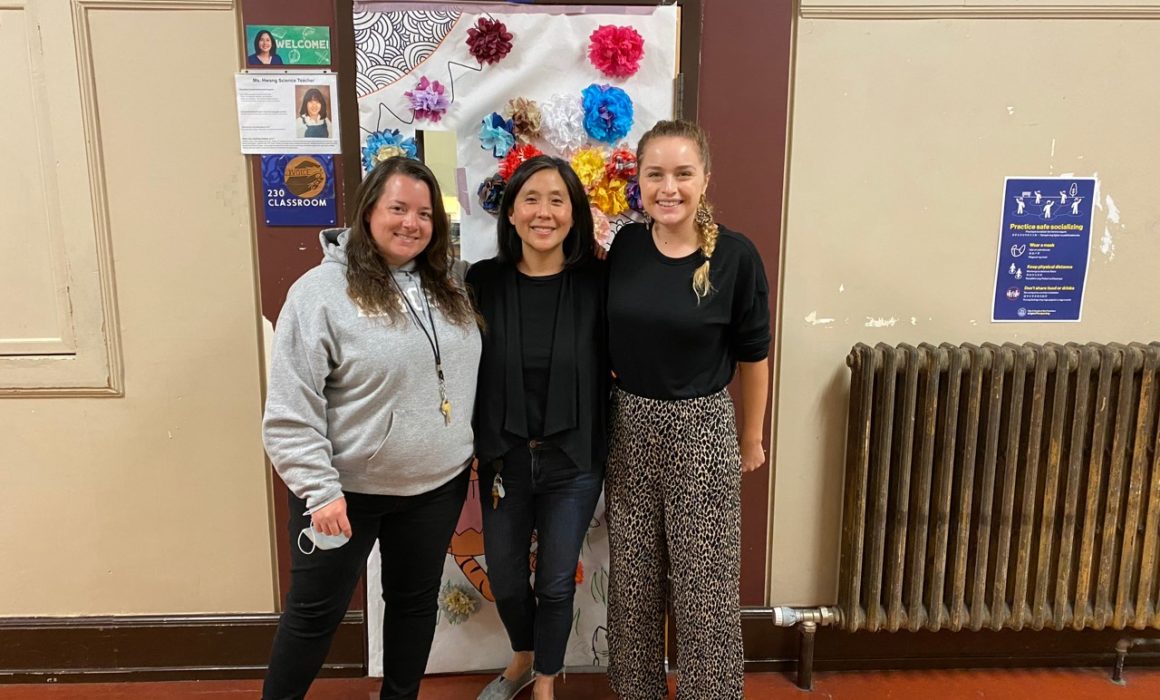
“Everyone knows it takes a village to raise a child,” says Esther Jaramillo-Woo, director of clinical education for the San Francisco Urban Teacher Residency program. “It also takes a village to raise a new teacher.”
As California continues to struggle with a dire teacher shortage, many districts are looking to teacher residency programs to build the educator pipeline and provide new educators with extensive support systems, centering the training in equity so they become the teachers their students need. Last July, Gov. Gavin Newsom approved $350 million in grant funding over the next five years to expand and create teacher residency programs statewide to help fill shortages in areas like special education, kindergarten and computer science.
While student teaching program placements often begin after the school year starts and end four months later, teacher residency programs provide aspiring educators with intensive support and preparation for a full school year in one classroom with the same students and mentor educator. The result is first-year educators who have already spent a year as part of a school community, ready to hit the ground running with an extended support network so they never feel alone.
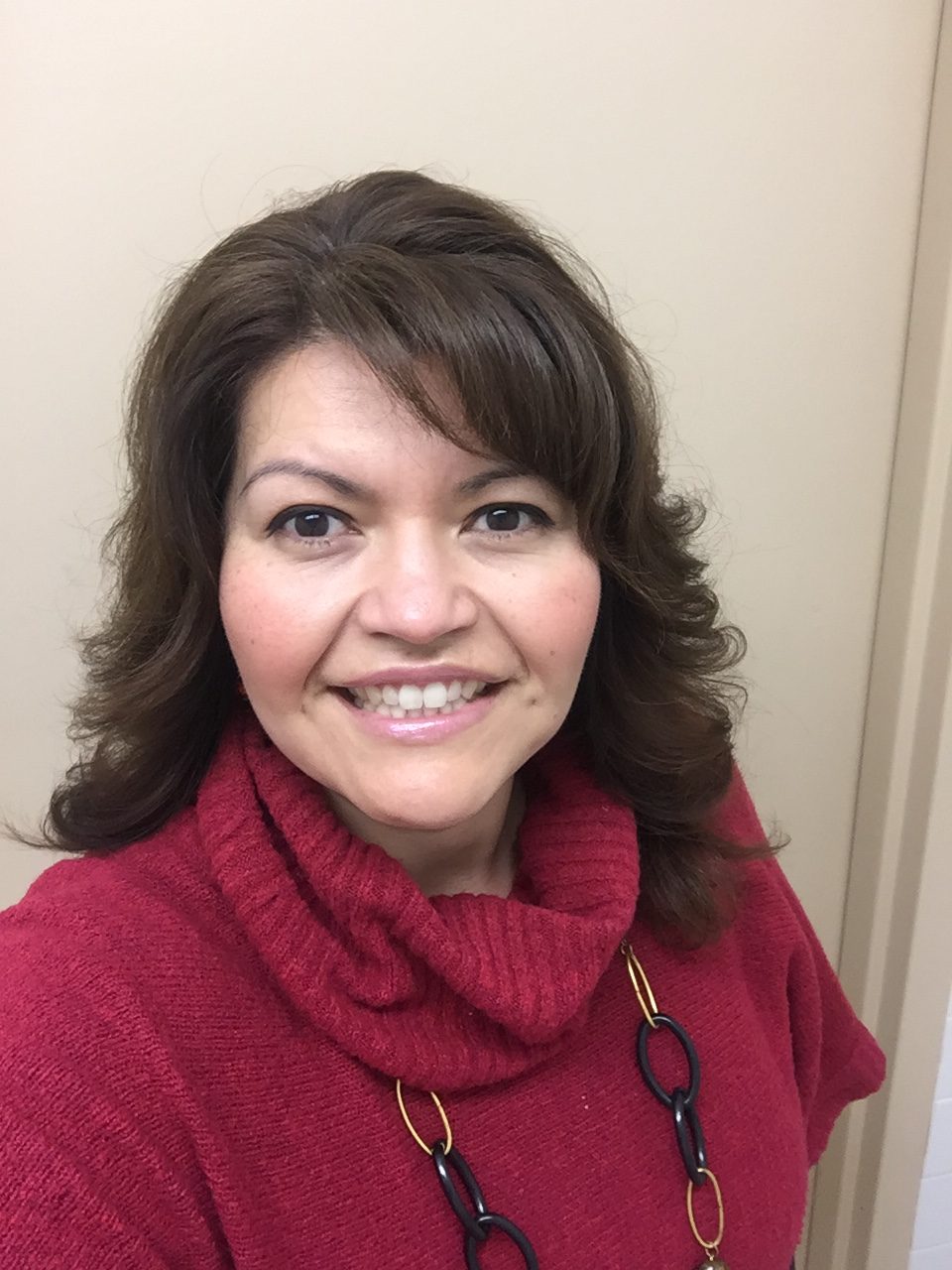
Esther Jaramillo-Woo
“Teacher residency programs are such a wonderful way of bringing teachers into our profession,” says Juliet Wahleithner, assistant director of teacher education at Fresno State University’s Kremen School of Education and Human Development.
According to the California Teacher Residency Lab, a program of the CDE Foundation, quality teacher residencies can prepare effective teachers who stay in the profession, helping to reduce high rates of teacher turnover that impact California’s highest-need schools. Residencies also provide financially feasible pathways for candidates and are more likely to recruit educators of color than other paths into teaching, according to the Learning Policy Institute.
“We are very intentional about recruiting residents of color, so they reflect our students’ cultural and linguistical diversity,” Jaramillo-Woo says.
The San Francisco Urban Teacher Residency Program (SFUTR) is a collaboration between San Francisco Unified School District (SFUSD), Stanford University and United Educators of San Francisco (UESF), going into its 13th year. It was designed to be a teacher preparation program and to help the district fill educator vacancies. Jaramillo-Woo says SFUTR was also created to give context and prepare educators for teaching in an urban environment.
“We make sure our residents are receiving that robust training before they enter a classroom on their own,” says Jaramillo-Woo, a UESF member. “We maintain strong networks and relationships with our residents throughout their time in SFUSD.”
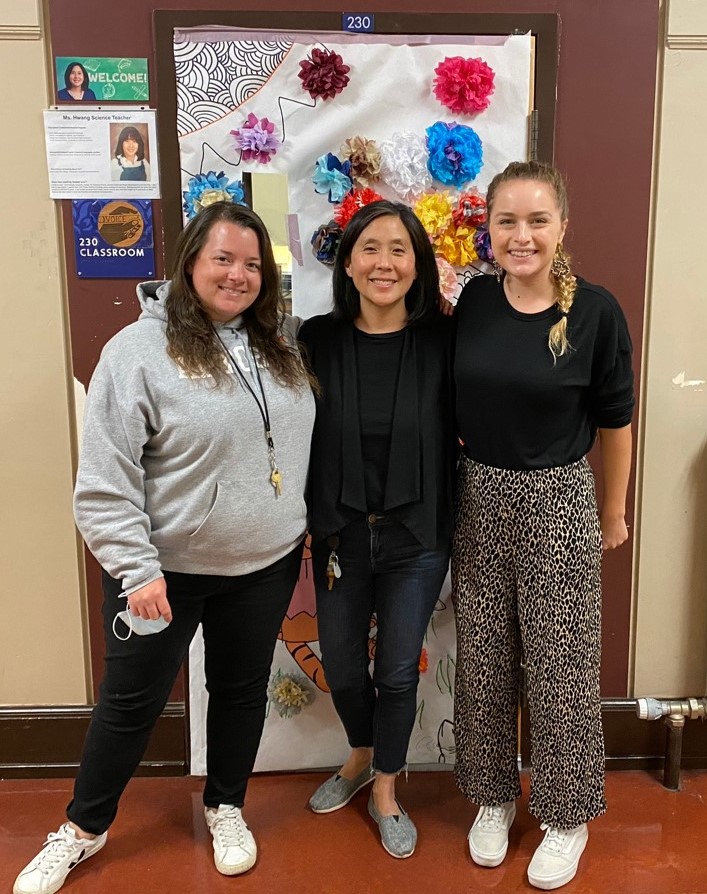
Elyse Johansson, Lena Hwang and Rachel Herrera at Aptos Middle School in San Francisco. Hwang is a mentor teacher; Johansson was her resident teacher last year and now teaches at Aptos, and Herrera is Hwang’s current resident teacher.
Lena Hwang, an eighth-grade science teacher at Aptos Middle School in San Francisco, is a cooperating (mentor) teacher in SFUTR. She says teacher residency programs are so important, especially when the support is long-term.
“You can’t learn all of it in just one year or from one mentor teacher. The first two years teaching on your own is really hard. Having support to get through those tough times is essential,” says Hwang, a UESF member. “We need good teachers and need them to be well-trained so they don’t burn out in two years, and they can help the students in our district.”
Focusing on Success for Educators, Students
“It’s really beneficial for teacher candidates to commit to a school community and make connections that lead them into a more successful and smooth transition into being a teacher,” says Emma Nalchajian, English teacher at Fresno’s Roosevelt High School and member of Fresno Teachers Association (FTA).
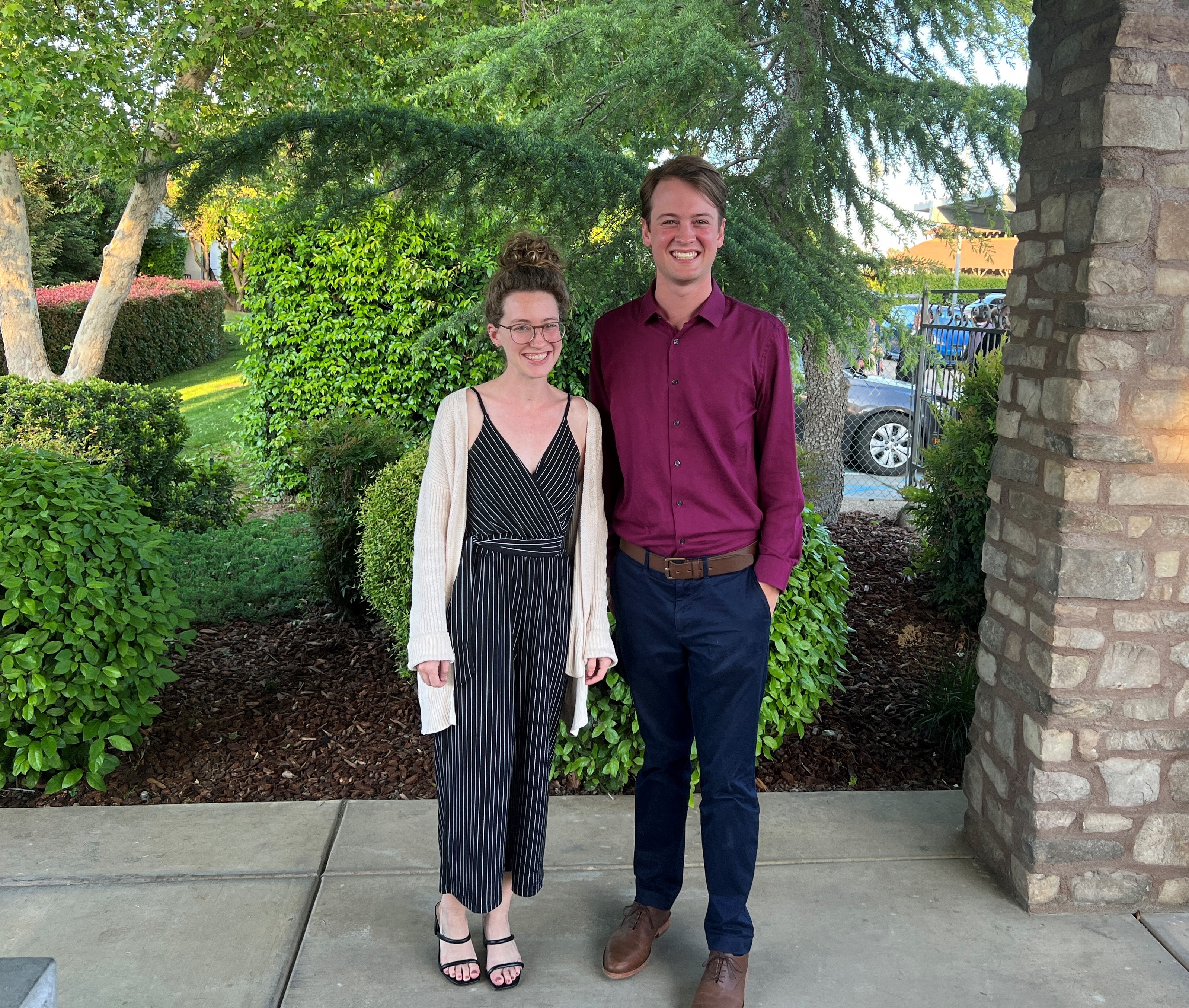
Emma Nalchajian and her resident teacher Duncan Wanless.
Fresno State University offers residency programs throughout the Central Valley, partnering students with a professor-in-residence and mentor teacher, and supporting them with a comprehensive professional development curriculum. In school districts in Fresno, Clovis, Madera, Sanger and rural areas, resident teachers are fully immersed in the classroom experience, learning about the district’s culture, needs and expectations.
Resident teachers receive a stipend, district professional development, access to district technology, paid sub days and guaranteed employment upon successful completion of the program, in addition to an entire network of experienced educators working together to help them succeed. Fresno State Professor Heather Horsley says the power of the program is evident in the 87 percent retention rate experienced by Fresno Unified School District, Fresno State’s longest-standing teacher residency partner.
“This is almost tripling national retention rates, so we’re feeling really encouraged with the outcomes we’re seeing with the residency model,” says Horsley, Fresno State teacher residency program coordinator.
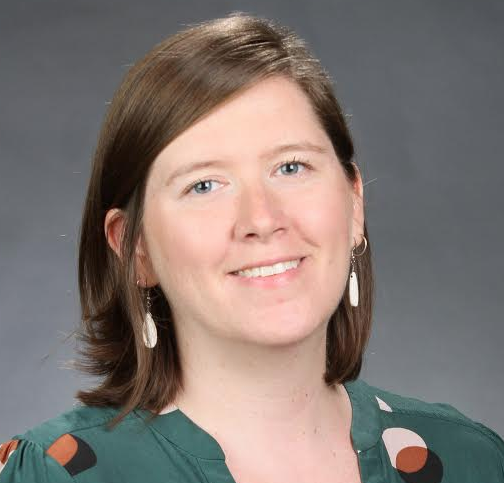
Dr. Heather Horsley
Nalchajian is a graduate of the Fresno Teacher Residency Program who now serves as a mentor teacher in the program, working to provide the same support she received as a new teacher. She says being a resident teacher in Fresno Unified made her more confident and comfortable navigating her first couple years of teaching, while the $13,000 stipend helped her support herself. Nalchajian appreciated the three-year commitment to the district, students and community, “so you know you’re doing this for a purpose.”
Current resident teacher Jade Muñoz says she has experienced a tremendous amount of support as she learns to be the educator her students need.
“Fresno State and Fresno Unified have gone above and beyond to help me be successful during my residency,” she says. “The Fresno Teacher Residency Program creates supportive and loving teachers that strive to provide an education to all students, focusing on creating safe environments for resident teachers so we all have opportunities to learn from each other.”
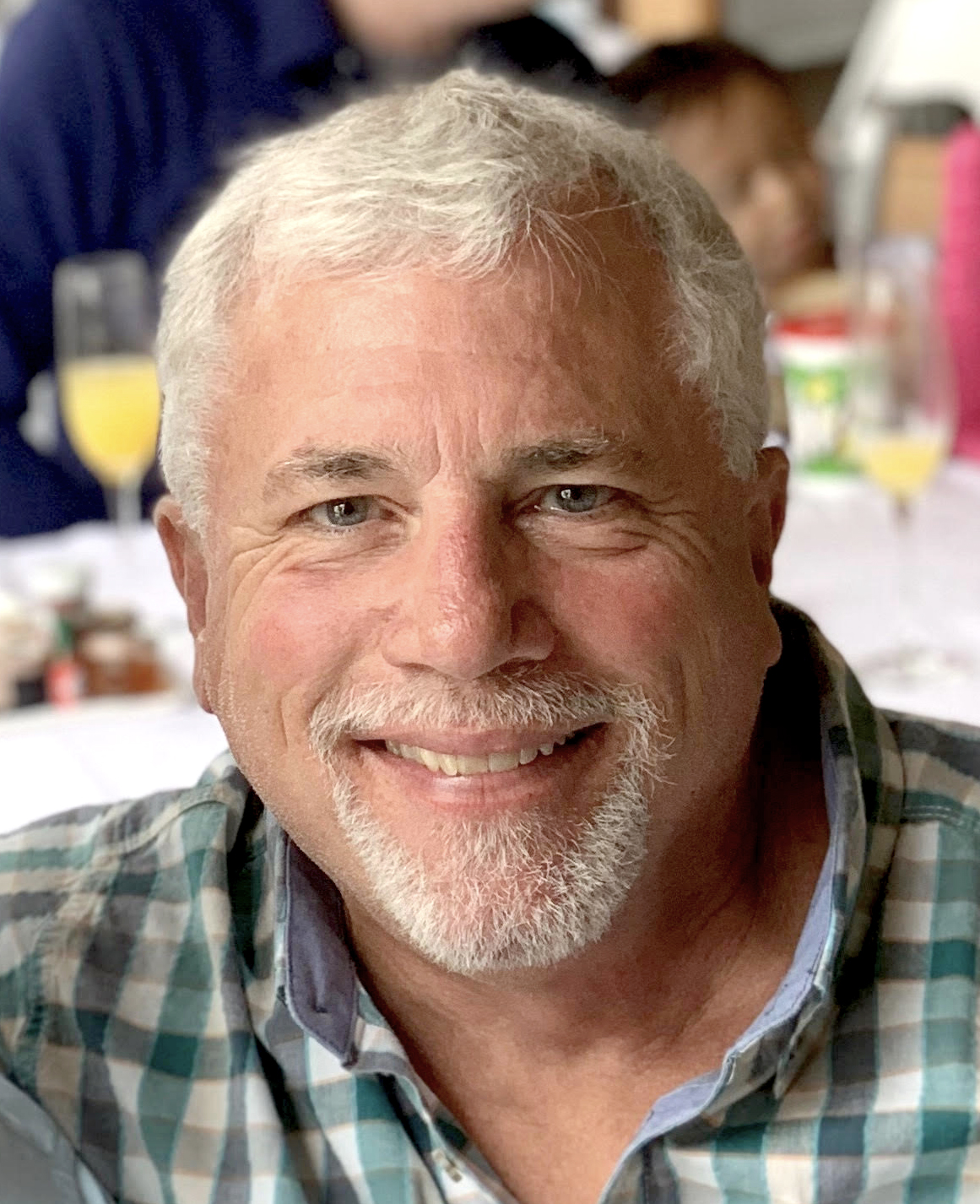
Scott Holm
Fresno sixth grade teacher Scott Holm first served as a mentor teacher 10 years ago, which he continues today to help prepare the educators of tomorrow.
“It’s hard for me to imagine a world where beginning teachers aren’t hooked up with a veteran teacher,” says Holm, an FTA member. “This residency program makes beginning teachers so much more successful and more confident than they would’ve been otherwise.”
Being Intentional to Meet Students’ Needs
Everything is deliberate in SFUTR, from the recruitment of resident and cooperating educators to partnering educators with similar values to grounding their efforts in a student-centered approach. The process has led to a high success rate for the program, according to Jaramillo-Woo.
“We are being very intentional about building new relationships between a new teacher and the people and resources in the district,” she says. “A residency program that is intentional about maintaining networks for residents is better for students and it’s better for teachers.”
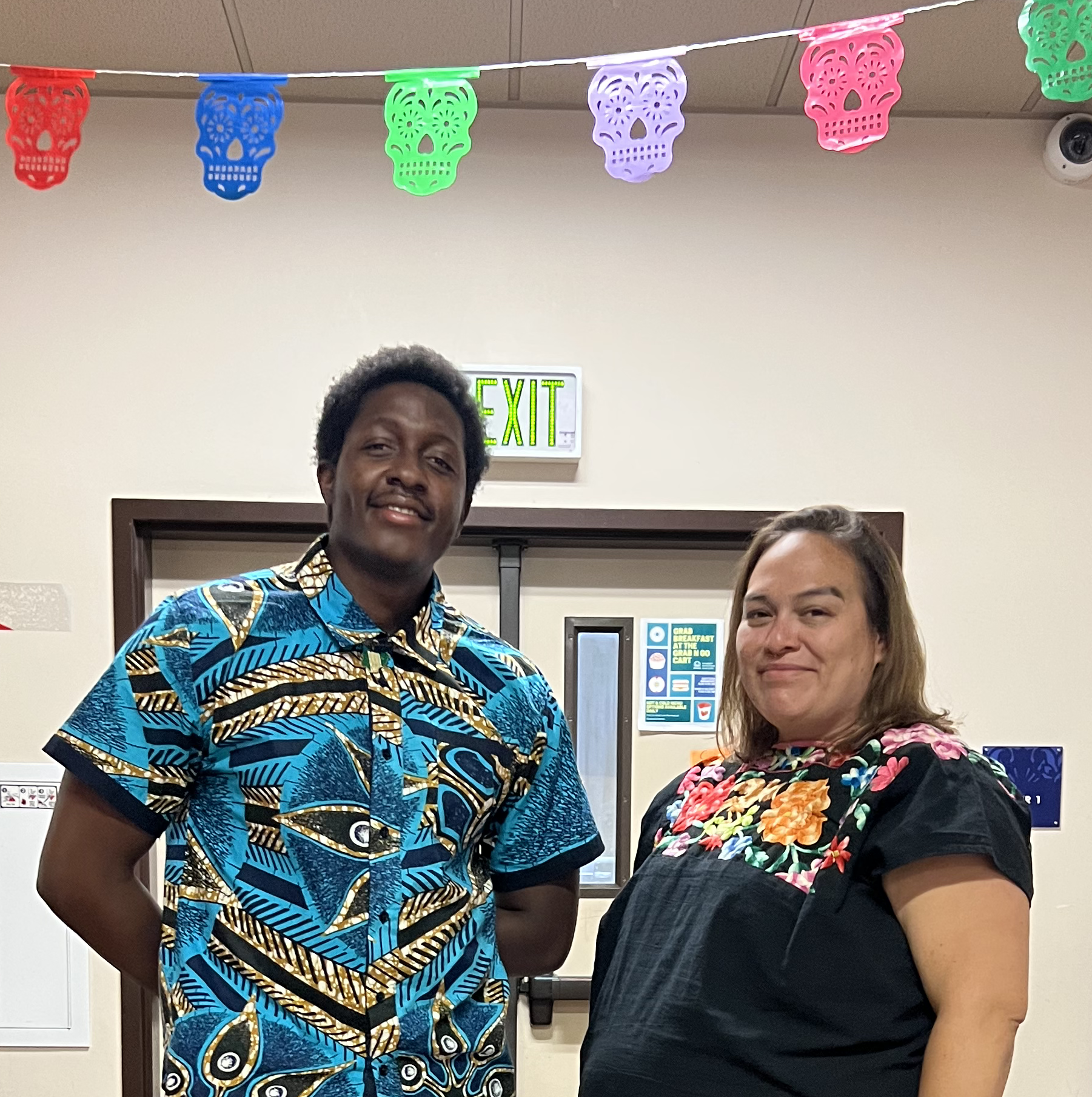
Resident Ayo Adedeji with mentor Maria Sanchez.
Seasoned middle school math teacher Maria Sanchez and resident teacher Ayo Adedeji are paired this year at Aptos Middle School. In addition to daily discussions about math and lesson plans, Sanchez and Adedeji have deep conversations about social justice and how to center it in their students’ experiences.
“I wanted to get as much assistance as I can for the first couple years of teaching and have a strong group of people I can have a connection with,” says Adedeji. “It has allowed me to grow a lot just in this one year of teaching.”
San Francisco native Nick Hom wanted to teach where he was raised and says he had heard about a program that spoke to the culture of community and would prepare him for teaching in the city. Along with the high ratio of support for resident teachers, Hom was certain teaching in his home district as a part of SFUTR was the right decision.
“I wanted to have that impact and give back to the communities that raised me,” says Hom, an AP calculus teacher at Burton Academic High School and UESF member.
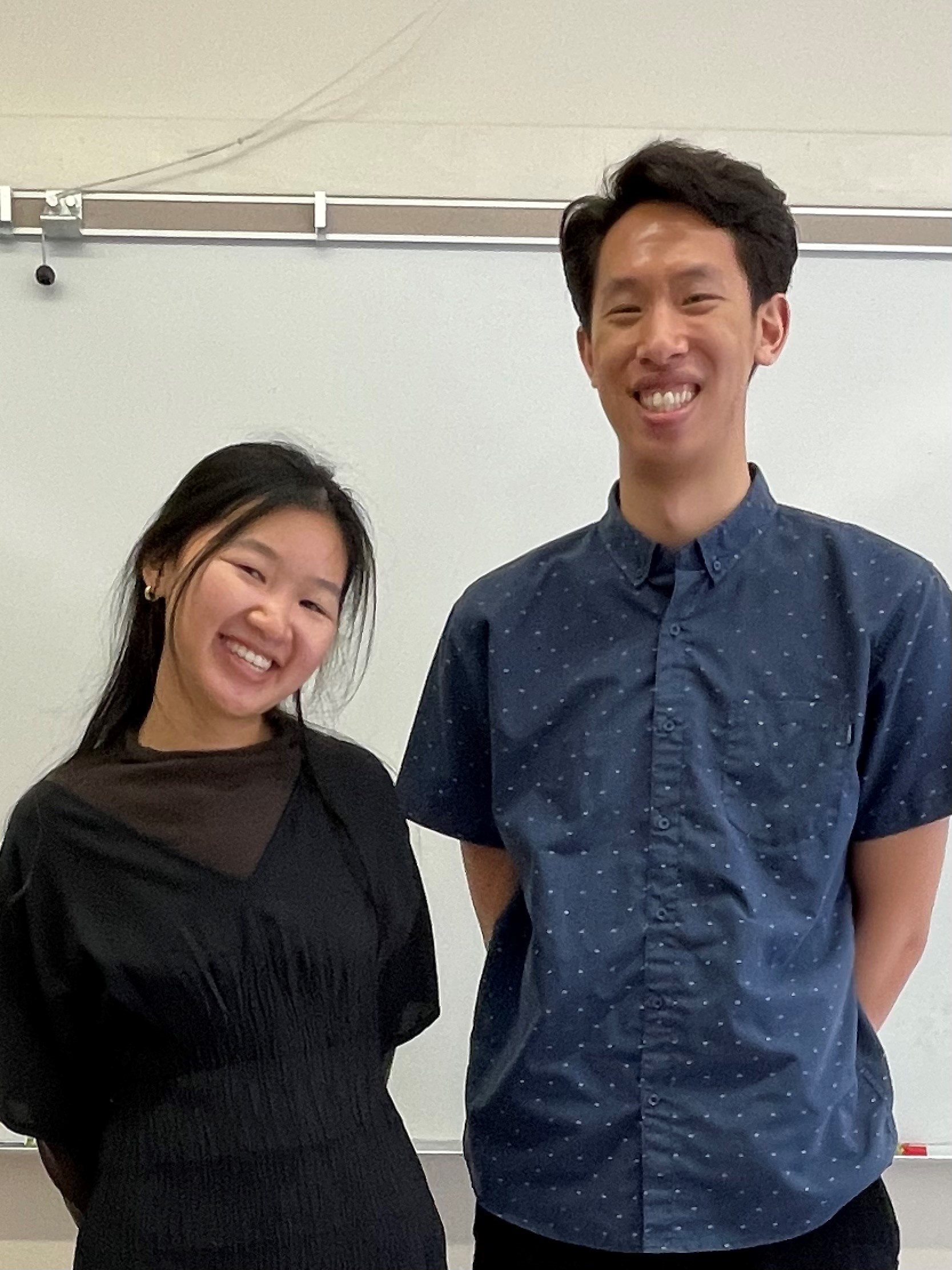
Now in his sixth year teaching, Hom is paying it forward, serving as a cooperating teacher in SFUTR. He enjoys the everyday experience of collaborating with his resident teacher, Emily Lam, who also took over all of Hom’s classes when he went on paternity leave earlier this year. Hom says being a mentor teacher keeps him fresh and young, inspiring him to push harder.
“It makes me a better educator,” he says. “Having a student teacher helps me to dream as well.”
SFUTR is unique statewide due to the collaboration with UESF, which is an equal partner with the district and Stanford invested in the program’s success. Jaramillo-Woo says that prior to a $150 million grant from the California Commission on Teacher Credentialing (CTC), the district had to apply for grants with UESF helping with grant-writing and other support. A SFUTR working group with representatives from both SFUSD and UESF meets once a month to discuss and guide the program.
With teacher layoffs potentially next year and first-year teachers bearing the brunt of impacts, SFUTR worked with UESF on how best to support their residency graduates, with UESF holding workshops to inform them about the layoff process.
“That’s where having the partnership with the union was very influential for our members to feel supported and connected,” Jaramillo-Woo says.
Former resident and current eighth grade Spanish language arts teacher Sara Mokhtari Fox says the union’s involvement in new teacher programs is especially helpful.
“It really is comforting and builds security in your new career when you know who to go to for support,” she says.
Looking Through an Equity Lens
When Mokhtari Fox was researching teacher credential programs, she wanted to find something that would get her into the classroom quickly. With a stipend that would help with living costs and a one-year intensive program rooted in real-world work in the classroom, a teacher residency program was the choice for her.
“SFUTR formulated and solidified my approach to being a classroom teacher and installed an equity lens in how I look at my students, their families and my co-workers,” says Mokhtari Fox, a UESF member. “In this program, I was taught to see who needs the most support and how to give them more of my time. Who as a teacher do I focus on to pull up with the rest of the class?”
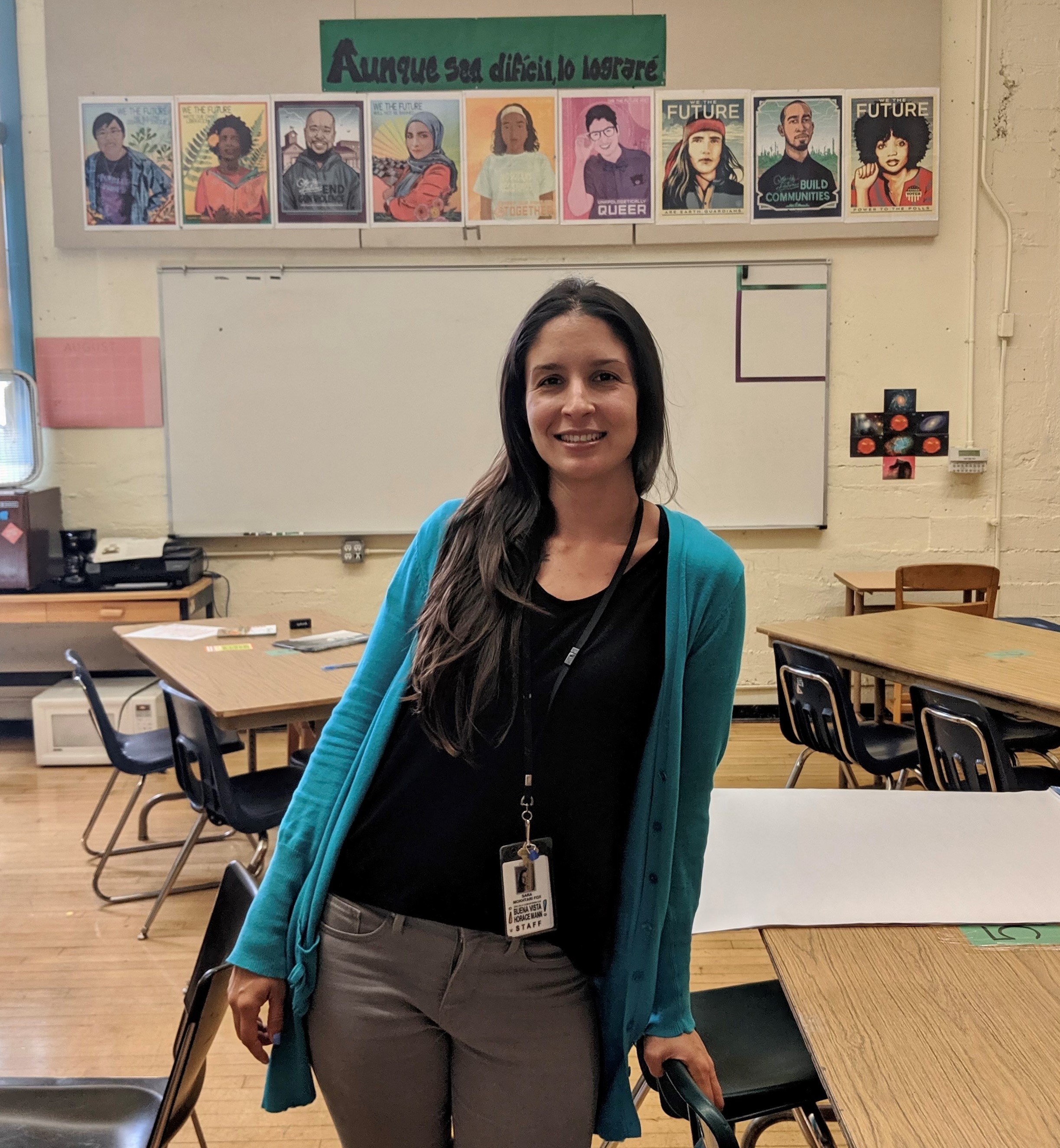
Sara Mokhtari Fox
In teacher residency programs, residents engage in experiences that deepen their understanding of how race, culture, poverty and other factors impact students’ needs and their own perceptions and beliefs. Horsley says it’s important to have conversations that challenge each other in areas of equity, inclusion, diversity and justice – an opportunity to reflect and grow together as mentors and residents.
“How do we embody anti-racist practices while acknowledging anti-Blackness and other racist practices still exist?” asks Horsley.
Wahleithner says in rural Fresno County, centering equity means that resident teachers ask students as early as transitional kindergarten to share their lived experiences, to determine what they can explore together.
“The residents really get to know who their students are and what gets them going,” says Wahleithner, who taught resident teachers in Sanger.
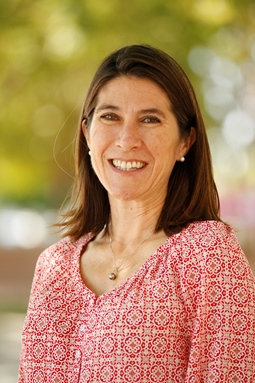
Dr. Juliet Wahleithner
In San Francisco, this work includes training and development in trauma-informed and restorative practices, and identity issues. Hwang says her resident teacher brings a sharp anti-racist lens to the classroom with a particular focus on newcomer students.
“So many kids have gone through a lot of trauma and need additional supports,” Hwang says. “My resident teachers have been able to make those connections.”
While the $350 million in funding from the state over the next five years will no doubt spur the development of new teacher residency programs, there are continued concerns about the necessity for dedicated funding. Jaramillo-Woo says there needs to be a financial commitment to sustain these valuable programs.
“Without financial support from the federal and state level, we can be the most passionate and driven educators possible, but the work will stop,” she says.
In February, the CTC announced it was funding 41 school districts in the first round of Teacher Residency Capacity Grants, with most receiving $250,000 (see the list here) These are important investments to continue the kind of experience Hom had as a resident at SFUTR.
“It was a place where we could talk about the challenges and joys of urban teaching. We could share stories and learn from each other,” he says. “It has really formed who I am as a teacher right now.”
Paying It Forward
Opportunities abound statewide to participate as a mentor teacher (in traditional student teaching programs as well as residency programs) and more are likely to come with the state’s increased investment in teacher residency programs. Current mentor teachers shared advice for fellow educators considering playing this important role in the lives of aspiring educators.
“Think about all that you have under your belt and inside your heart, and how much it would mean to someone to receive that.” —Scott Holm, Fresno Teachers Association
“You learn as much from a resident teacher as they do from you. I’ve found that as I’m observing residents and giving feedback, it causes me to reflect on my own practice.” —Lena Hwang, United Educators of San Francisco
“Every experience I’ve had with my resident teacher has taught me a new tech skill or caused me to think deeply about my practice.” —Maria Sanchez, United Educators of San Francisco
“It pushes me to have good productive conversations and reminds me of the joy and excitement of having my first class.” —Nick Hom, United Educators of San Francisco
“It keeps me current and makes me question how I do things.” —Emma Nalchajian, Fresno Teachers Association
Characteristics of Effective Teacher Residency Programs
1. Equity and justice is defined and advanced at all levels of residency work.
2. Authentic partnerships among local educational agencies and institutions of higher education exist.
3. The residency system is financially sustainable.
4. Formative and outcome data are collected, analyzed and used for continuous improvement.
5. Specific hiring needs are defined and filled each year with the recruitment of resident candidates who reflect the district and community’s unique diversity.
6. Residents engage in a full year of clinical practice teaching alongside an accomplished mentor teacher, who also reflects the district and community’s unique diversity.
7. Coursework and professional learning opportunities are tightly integrated with clinical practice.
8. Clusters of mentors and residents support and learn from one another at residency partners’ “teaching schools.”
9. Residency graduates are supported to continue their professional learning and develop as leaders.
Adapted from the California Teacher Residency Lab
The Discussion 0 comments Post a Comment